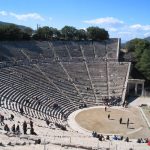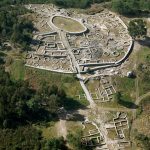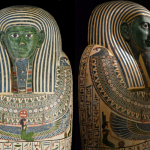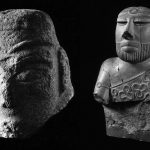Sunken Temple of Amun Unearthed off Egypt’s Coast
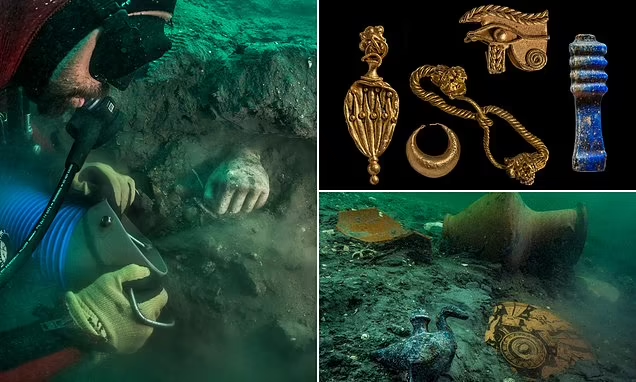
The European Institute for Underwater Archaeology (IEASM) has announced a remarkable discovery at a submerged temple beneath the Mediterranean Sea off the coast of Egypt. According to a statement from the IEASM, under the direction of French maritime archaeologist Franck Goddio, the team has uncovered new insights into the Temple of Amun in the ancient city of Thonis-Heracleion, located in Aboukir Bay, Egypt.
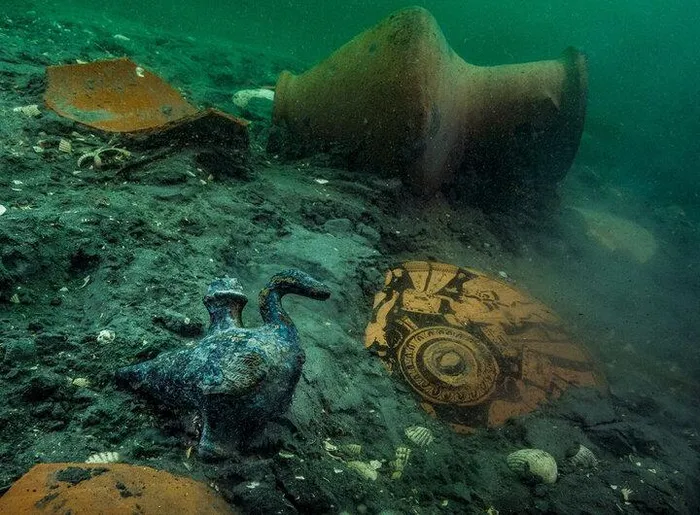
During a survey of the city’s southern canal, the team found massive stone blocks from the temple that had collapsed due to a “catastrophic flood that occurred in the 2nd century BCE.”
The Temple of Amun was once a sacred site where pharaohs would receive divine authority from the supreme gods of ancient Egypt, according to the IEASM release. At the site, archaeologists unearthed rare artifacts including silver ritual instruments, gold jewelry, and ancient alabaster containers once used to hold perfumes and ointments. Divers also discovered subterranean structures with well-preserved wooden beams and columns dating back to the 5th century BCE. Franck Goddio, president of IEASM, expressed his amazement that such relics had remained intact despite the ravages of time and natural disasters.
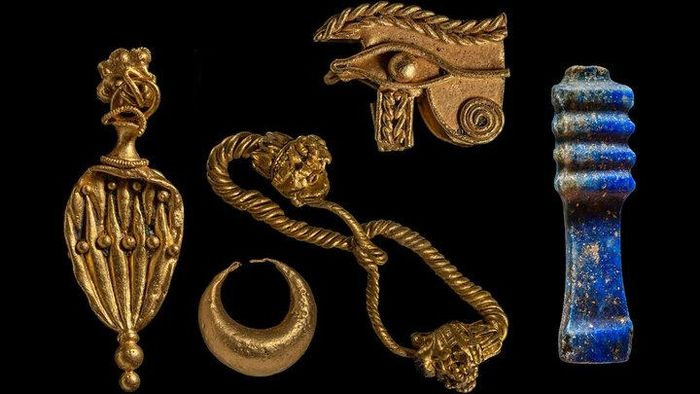
East of the temple, the team uncovered another sacred area dedicated to the Greek goddess Aphrodite. There, bronze and ceramic artifacts were found, indicating a Greek presence in the city, particularly during the Saïte dynasty (688–525 BCE). This suggests that the Greeks were able to trade and live in Thonis-Heracleion, with dedicated sanctuaries for their own deities.
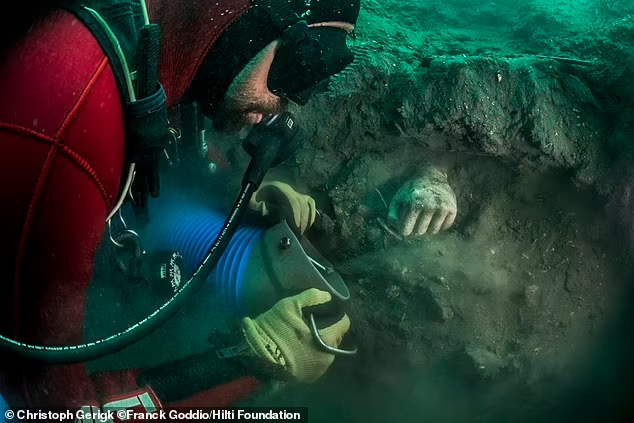
In addition, the discovery of Greek weaponry in the area points to the presence of Greek mercenaries, who once guarded the entrance to the Egyptian kingdom via the Canopic branch of the Nile.

The ruins of the ancient city of Thonis-Heracleion were first discovered in 2000 and are now located about 7 kilometers off Egypt’s coastline. It was Egypt’s most important port on the Mediterranean before the founding of Alexandria by Alexander the Great in 331 BCE.
According to the IEASM, rising sea levels and a series of earthquakes caused repeated land subsidence, resulting in approximately 110 square kilometers of the Nile Delta, including Thonis-Heracleion, sinking beneath the sea.





